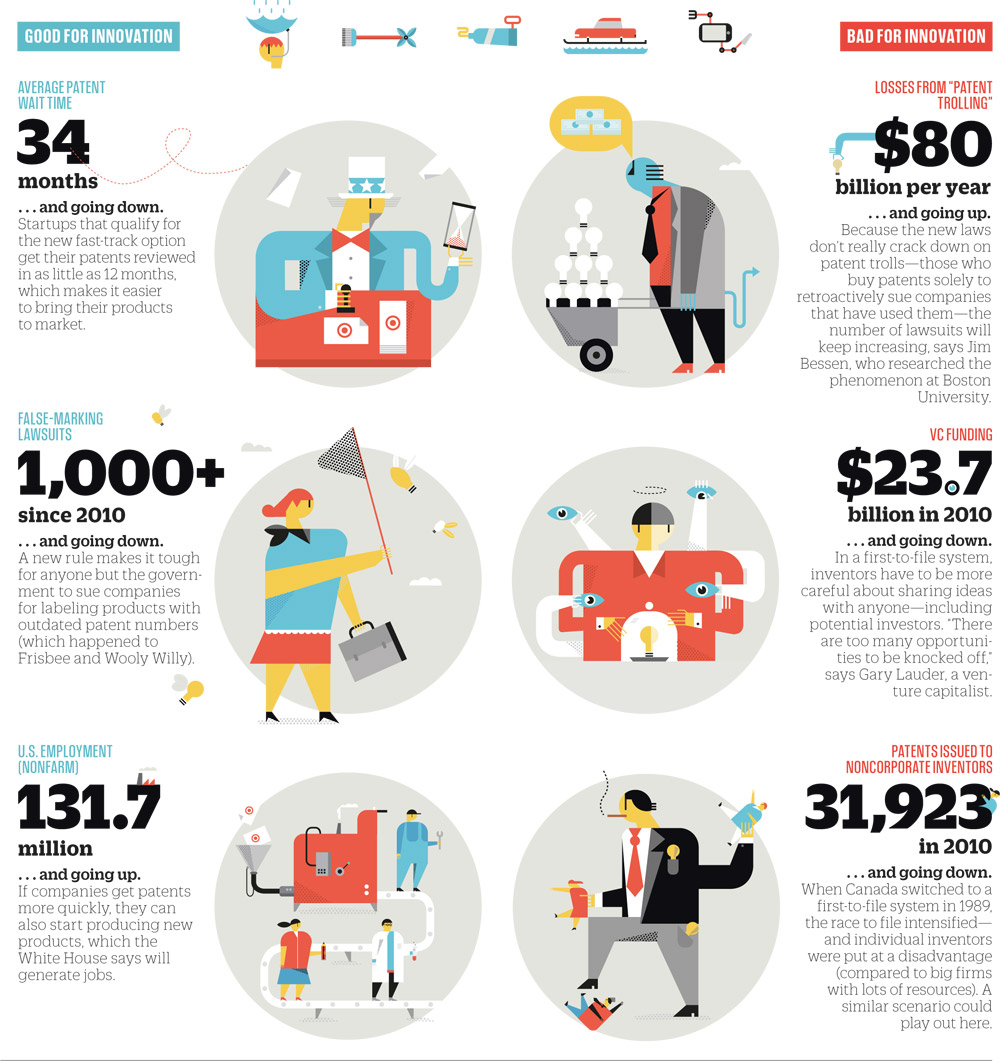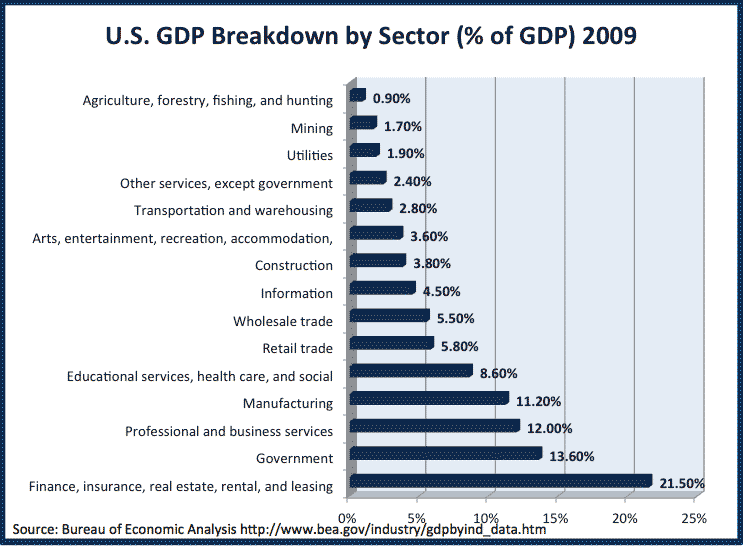Patents are powerful. When granted, they give the holder of the patent a government issues monopoly over their product or idea for 20 years. That's a long head start for people to start producing the product and raking in the dough.
Patents are instrumental to promote innovation, when done correctly. Patents protect novel ideas and encourage people to come up with new ones. Because there is the assurance that once someone comes up with something new that that something will be protected from copying, there is an incentive to come up with more ideas. It rewards those who work hard to develop a product, preventing freeloaders from selling copycat products without investing the time and effort into developing the product. The more ideas there are, the more innovation and economic growth a country will have. It's one of the reasons that the United States has been home to innovation hubs like Silicon Valley.
However, despite its strengths, our patent system is in desperate need of an overload. Take a look at the graphic below. In recent years, the amount spent on trying to sue for or defend patents has been far greater than the profits associated from those same patents. Efficient and innovative? We think not.
Part of the problem is that some patents are too broad. As the
Planet Money Team explains on NPR, the patent office has granted too many patents for simply the general idea, rather than the specific application. In other words, people are being granted a monopoly for on demand streaming of anything, rather than a particular way to stream music on a portable device. These patents seem to indicate that the person who owns the patent, owns the area itself.
This is not what patents are for. We need to have patents protect actual technological applications, rather then a broad, unclear field. You can't just say that you want to patent the whole field. Patents should require specific documentation on how exactly you are going to it. For example, Samuel Morse, when asking for a patent on the telegraph, asked also for a patent on electromagnetic communication. Nowadays, this would have wide reaching applications. The internet, television, fax machine, etc, would all be under control of this patent.
Another problem is that patents are applied for, and sometimes granted for ideas that are obvious to those in the field. People trying to capitalize off a potential government monopoly on the product want to patent seemingly everything, whether it is a novel idea or not. This, as you can see in the below graphic, creates a large backlog, flooding the system with illegitimate applications which drown out perfectly genuine and innovative proposals. Getting rid of these obvious patents will clear up some of this backlog, and allow the real innovations to be protected.

Not only is there a backlog of obvious patents, but the whole system seems seriously understaffed. The patent office is a critical part of the economy. As stated before, it has the power to grant monopolies for 20 years. It seems as though this part of government, with such power, ought to have enough resources to make sure it does its job well. We need to make sure such a backlog never exists and patents are processed in an efficient and timely manner.
Another problem exists in how injunctions are granted for apparent patent violations. Although the court system has improved in handling this, there is still a long way to go. In any major electronic product, there are hundreds if not thousands of patents. If one of these was violated, previously the whole phone could be shut down, even if it was just a infinitesimally small part of the whole electronics and software puzzle that made up the final product. Now, full injunctions are rarer, but there still needs to be more policy and culture changes in this area. Fairer and more clearly defined rules could speed up the hearing process, and keep lawsuits out of court. Overall, proportional damages should be rewarded instead. The courts should award damages proportionate only to the idea or ideas in question, not the whole product itself.
Below is a report, put together by
FastCompany that evaluates recent changes to patent reform, the first such changes since 1952.
FastCompany brings up the critical point on patent trolls-firms that seek and collect patents solely for the ability to sue companies. Such actions increase the number of lawsuits associated with patents and the costs associated with maintaining them. If it no longer pays to innovate, then people will simply stop doing it. The actions of these firms must be stopped. These firms birdying up their claims in courts that are more likely to decide in their favor. Therefore, claims need to be brought up in a court that has some reasonable connection to the original claim, not a court of preference to the plaintiff. Making sure that patents are for specific ideas, rather than broad principles, should also help combat these firms.
In Summary:
We have identified major improvement areas we would like to see the new congress tackle. With these changes, we will have taken a step towards major patent reform.
Improvement areas:
Improving the quality of patents: Patents need to be written clearly and precisely, and be about a specific idea, rather than a general principle. The idea must be novel, rather than an obvious principle.
Contributing more resources to the patent office: workers in the US Patent office need to be highly trained to handle the content of the idea submitted. Procedures must be improved to handle the intense volume of patent applications. More highly trained employees need to be staffed to the patent office to handle the backlog of applications
Halting injunctions and awarding proportionate damages: Patent infringement damages should be awarded proportionately, based on the value of the idea in question rather than the whole product. Injunctions should not halt the release, sale, or production of a product based on a very small violation.
Ending private hoarding of patents: Measures must be taken to ensure that firms do not collect patents simply to sure other companies. Plaintiffs should bring their cases to courts with a connection to the issue at hand, rather than to a friendly one.









 .
. 











.jpg?uuid=GzpEUJ7LEeG8pnJ7y9v4Zg)